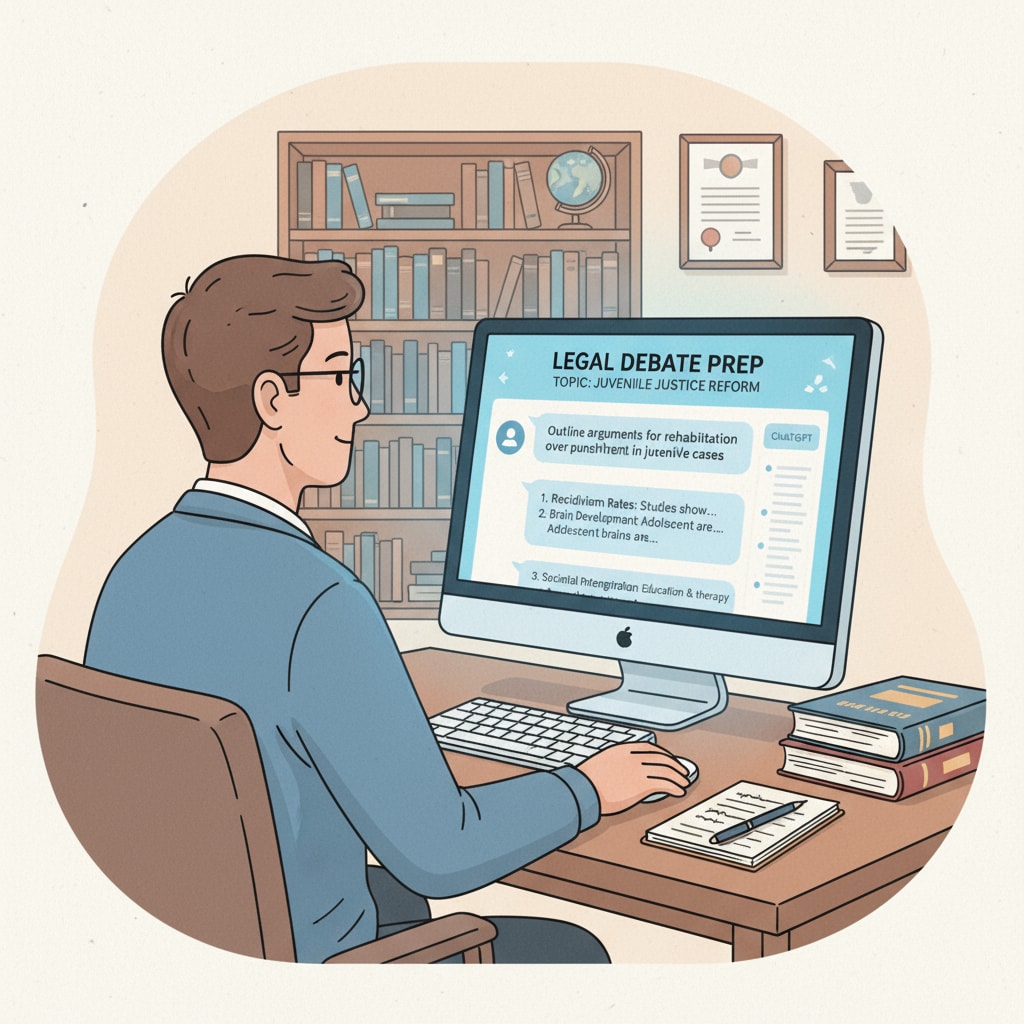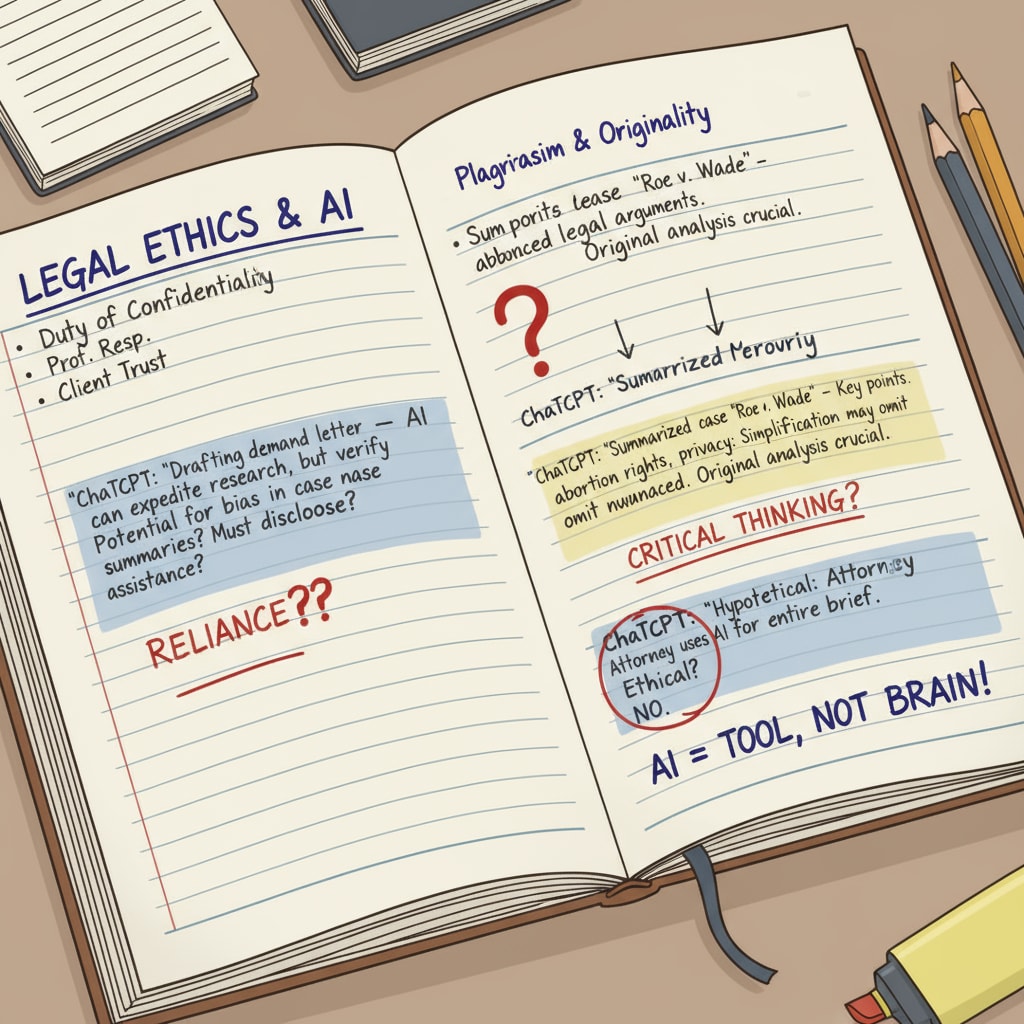With the increasing popularity of ChatGPT and other AI tools in students’ learning processes, the fields of K12 education and higher learning are facing unprecedented challenges to academic integrity, especially in the context of legal debates. These tools have become both a blessing and a curse, offering valuable assistance but also blurring the lines of what is considered academically honest.

The Rise of ChatGPT in Academic Work
ChatGPT has revolutionized the way students approach their academic tasks. It can quickly generate well-written texts, provide insights, and offer examples. For example, in the preparation for legal debates, students can ask ChatGPT for legal precedents, arguments, and counterarguments. This ease of access to information has made it an attractive option for many. However, this also raises concerns about whether students are truly learning and demonstrating their own understanding of the subject matter.
The Ethical Dilemma in Legal Debate Preparation
Take the case of an undergraduate student preparing for a legal debate. On one hand, using ChatGPT can help them gather a wide range of information and structure their arguments more effectively. On the other hand, if they rely too heavily on the tool and present the generated content as their own, it is a clear violation of academic integrity. This creates a moral struggle for the student, as they want to succeed in the debate but also uphold the values of honesty and authenticity in their academic work.

The complexity of this issue lies in the fact that the line between using AI as a helpful resource and plagiarizing is not always clear-cut. In contemporary education, the traditional values of academic integrity, such as originality and independent thinking, are being challenged by the new capabilities of technology. As a result, educational institutions need to adapt and establish clear guidelines on the acceptable use of AI tools like ChatGPT in academic work, especially in areas like legal debates where critical thinking and the ability to present one’s own arguments are crucial.
Academic Integrity on Wikipedia provides a comprehensive overview of the concept and its historical development. Similarly, Academic Integrity on Merriam-Webster offers a clear definition of what academic integrity entails. These resources can help in understanding the broader context of the issues we are discussing.
Readability guidance: As seen in the above paragraphs, we have used short paragraphs to present ideas clearly. Each H2 section has a focused discussion, and we have included relevant images to enhance understanding. Transition words like ‘however’ and ‘on the other hand’ have been used to show contrasts and different perspectives. The use of external links provides additional information and credibility to the article.


